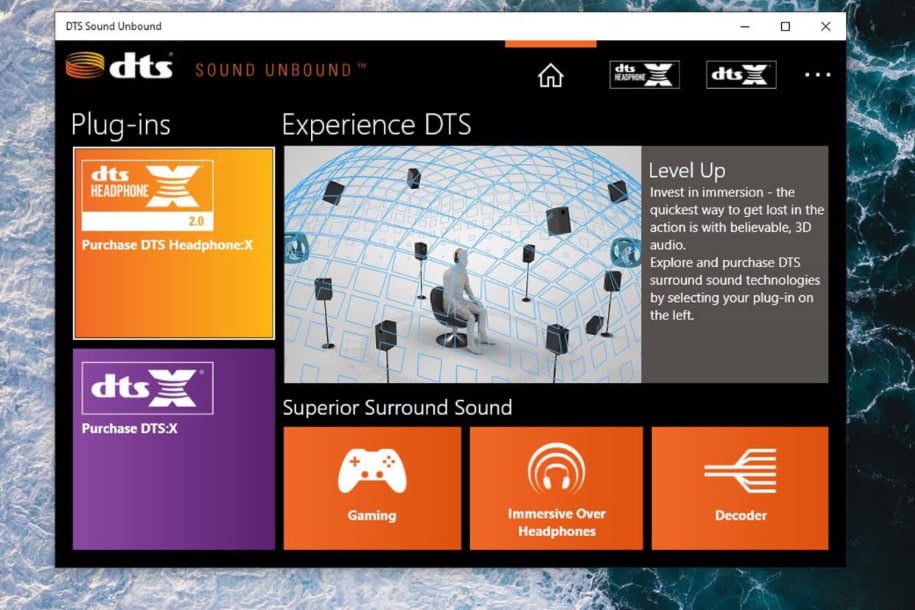this post was submitted on 30 Apr 2024
23 points (89.7% liked)
Linux
48338 readers
730 users here now
From Wikipedia, the free encyclopedia
Linux is a family of open source Unix-like operating systems based on the Linux kernel, an operating system kernel first released on September 17, 1991 by Linus Torvalds. Linux is typically packaged in a Linux distribution (or distro for short).
Distributions include the Linux kernel and supporting system software and libraries, many of which are provided by the GNU Project. Many Linux distributions use the word "Linux" in their name, but the Free Software Foundation uses the name GNU/Linux to emphasize the importance of GNU software, causing some controversy.
Rules
- Posts must be relevant to operating systems running the Linux kernel. GNU/Linux or otherwise.
- No misinformation
- No NSFW content
- No hate speech, bigotry, etc
Related Communities
Community icon by Alpár-Etele Méder, licensed under CC BY 3.0
founded 5 years ago
MODERATORS
you are viewing a single comment's thread
view the rest of the comments
view the rest of the comments

No.
But why would you want to?
All "virtual surround" solutions for headphones are absolute crap. You have two ears. The headphones have two speakers. Any modern game is already processing the 3D position of sounds and creating the appropriate stereo signal.
All any additional processing does is make it sound worse. At best these programs are just an audio equaliser that makes footsteps louder, that's not some fancy processing, and is arguably cheating.
You should read up on head related transfer functions. Virtual surround is much more than just "an audio equaliser that makes footsteps louder".
No fucking shit.
That's not what I'm saying. These programs don't do virtual surround. If they do, they do it badly.
Game engines DO use virtual surround, and do so much better, using it to produce the stereo signal directly.
These programs, at worst, pretend to accept a 5.1 or 7.1 audio source, and then downmix it, badly, to stereo. They might slap on a shitty room effect for good measure.
At best, they just take the stereo audio from the game, which is either already in virtual surround, or a stereo stream without positional data, and muck about with the levels a bit.
That's all they can do. Because what they claim to do, which is add surround when it isn't there, or improve it when it's already there, isn't a thing.
These programs don't "enable" virtual surround. The real thing is already in every modern game engine ever.
And if a game engine isn't already doing HRTF, some random program isn't gonna add it by "processing" the stereo signal the game IS producing.
To do that, the game engine would need to be providing all the sounds and source locations, walls that the sound is to interact with, etc. But guess what, if it supports doing all that, IT'S PROBABLY ALREADY DOING HRTF.
First, I apologise for assuming you were uninformed. That's clearly not the case.
I agree that if a game has its own headphone surround solution then that's preferable to anything external to the game. And yes, turning on both just mangles your sound and should not ever be done.
A theoretical game that doesn't have its own HRTF doesn't need to provide full soundscape details for a external virtual surround to work though. It just won't be as good. If the game can output 7.1 audio but lacks HRTF for headphones the processor can at least use the surround channel positions to inform an HRTF, so that the right rear channel sounds like it's behind you and to the right, etc. If the game is stereo only, maybe you want your NES emulator audio to sound like it's coming from the screen in front of you instead of strapped to your head.
All that aside though, OP also didn't mention games. Maybe he's got some DTS7.1 movies he wants to watch, in which case HRTF by channel position is the only option.
I've never heard an implementation that sounded better than just a basic downmix to stereo that any old media player can do. Which is the other option.
And certainly not something that was better than using stereo audio to begin with. All the magic of hearing things from different directions can be fit right there, into the two stereo channels.
There are so many of these programs that claim all kinds of things, but even when they do just do HRTF based on actual surround sound signals, it's maddening how often they just fuck it up with some bs room filter on top.
These software application come with almost every gaming headset and it's the only context I ever see anyone use this stuff. And not once have I tried it and thought that using a headset in "plain" stereo sounded worse.
Totally agree that a lot of them are poor implementations. Or just have a terrible UX such that it's almost guaranteed that a layperson is going to set it up badly and have a degraded experience that they've convinced themselves is good. Obviously the "correct" thing to do is check every box for "enhancements", right?
Gaming peripheral software supplied by the OEM being bad is probably the least surprising thing I'm likely to read all day.
As for stereo sounding better, I think in the purest sense that's always going to be true. Any kind of processing is going to alter the audio to some degree away from the original "intent". A pure triangle wave from a NES isn't going to be a pure triangle wave after it goes through any HRTF, good, bad, or otherwise. If you want your sound to be clean then yes, avoid extra processing at all costs.